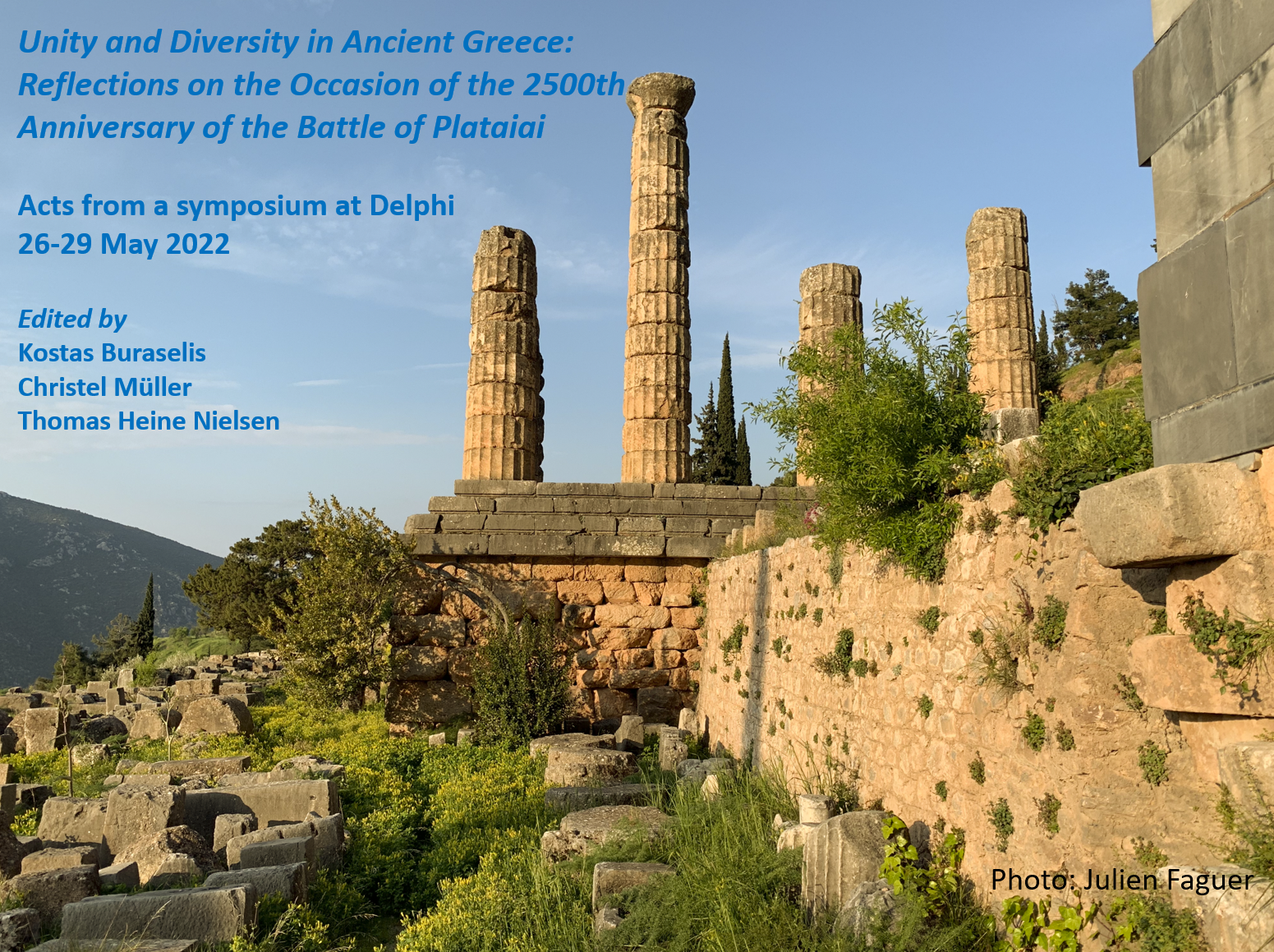Unity versus Diversity in the Hellenistic Period
Attic Weight Standard versus Local Standards
DOI:
https://doi.org/10.7146/classicaetmediaevalia.vi1.145233Abstract
This paper offers a full description of the koinon hellenikon nomisma of the Hellenistic period and of almost all other coinages of the same period. The koinon hellenikon nomisma was issued on the Attic standard, while all other coinages were struck with different standards: Milesian, Aeginetan and reduced Aeginetan, Corinthian, Corcyrean, Persian, Nesiotic, Chian, the standard of Rhodes, that of the cities of Apollonia and Dyrrachium in Illyria, and of the kistophoroi. The use of these different standards pointed to previous monetary backgrounds of the cities and koina in question. It aimed, as was the case during the Archaic and the Classical periods, mainly to create different monetary zones, thus revealing, through the local circulation of coinages struck on the same standard, a sort of regional unity. This was not the case of the many Attic weight standard coinages. Alexanders, Antigonid, Seleucid, Attalid and other royal coinages, as well as coinages of cities minted with civic types and on the Attic standard, could circulate all around the vast Hellenistic world. The choice of kings and cities to mint on this standard and hoard evidence reveal that this was in fact the koinon hellenikon nomisma of the period. Epigraphic evidence supports this view: Alexanders – and other Attic weight coinages – served various military needs such as the payment of siteresia, the repair of walls, the payment of ransom to free prisoners, travel funds for theoroi and ambassadors, money for public subscriptions (epidoseis), and funds for various religious and other obligations. These were the needs that the koinon hellenikon nomisma of the Platonic Laws (742a-e) was supposed to fulfil. Thus, the Attic standard coinages refer to unity, while all others to diversity.
Downloads
Published
How to Cite
Issue
Section
License

This work is licensed under a Creative Commons Attribution 3.0 Unported License.
Authors who publish with this journal agree to the following terms:
- Authors retain copyright and grant the journal right of first publication with the work simultaneously licensed under a Creative Commons Attribution License that allows others to share the work with an acknowledgement of the work's authorship and initial publication in this journal.
- Authors are able to enter into separate, additional contractual arrangements for the non-exclusive distribution of the journal's published version of the work (e.g., post it to an institutional repository or publish it in a book), with an acknowledgement of its initial publication in this journal.
- Authors are permitted and encouraged to post their work online (e.g., in institutional repositories or on their website) prior to and during the submission process, as it can lead to productive exchanges, as well as earlier and greater citation of published work (see The Effect of Open Access).





